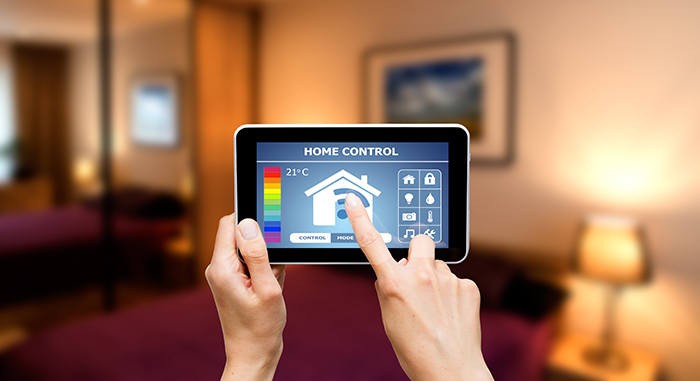JEFF ST. JOHN | CANARY MEDIA Link to article
Smart thermostats, solar-charged batteries, EVs and other household devices can shore up the stressed grid. Why isn’t the state going all in on incentives?

Last week, for the second time in three years, California’s power grid was strained to the limit by record-high demand in the midst of a searing heat wave. But just like they did during the state’s grid emergencies of 2020, California consumers came to the rescue.
At around 5:45 p.m. on September 6, as state grid operator CAISO was preparing to initiate rolling blackouts to stave off grid collapse, the California Governor’s Office of Emergency Services issued a statewide text message alert asking people to “conserve energy now to protect public health and safety.” Over the next half an hour or so, demand dropped more than 2,000 megawatts below its record-setting peak of just over 52,000 megawatts.
This “demand-response event” — the utility industry term for asking customers to reduce power use to help the grid — “made an enormous difference in our efforts to keep the power flowing, and I cannot thank the public enough,” CAISO CEO Elliot Mainzer said the day after in a video update.
This and other similar experiences during summer heat waves in Texas this year and in New York City last year demonstrate that consumers are capable of reducing their household loads to help shore up beleaguered power systems. For millions of residents, this means setting their thermostats to reduce air conditioning or heating loads or turning off appliances and lights. For big power customers, it means shifting when they run refrigeration systems, water pumps or industrial processes.

